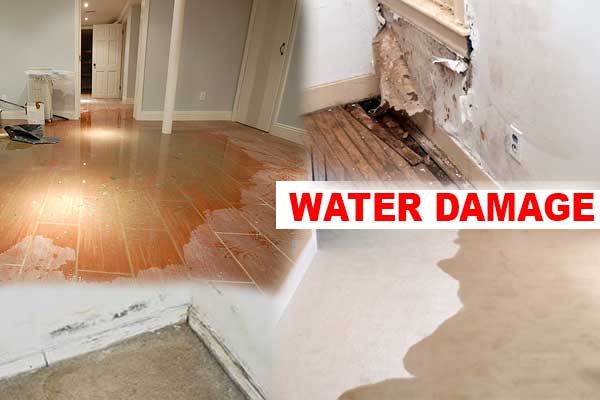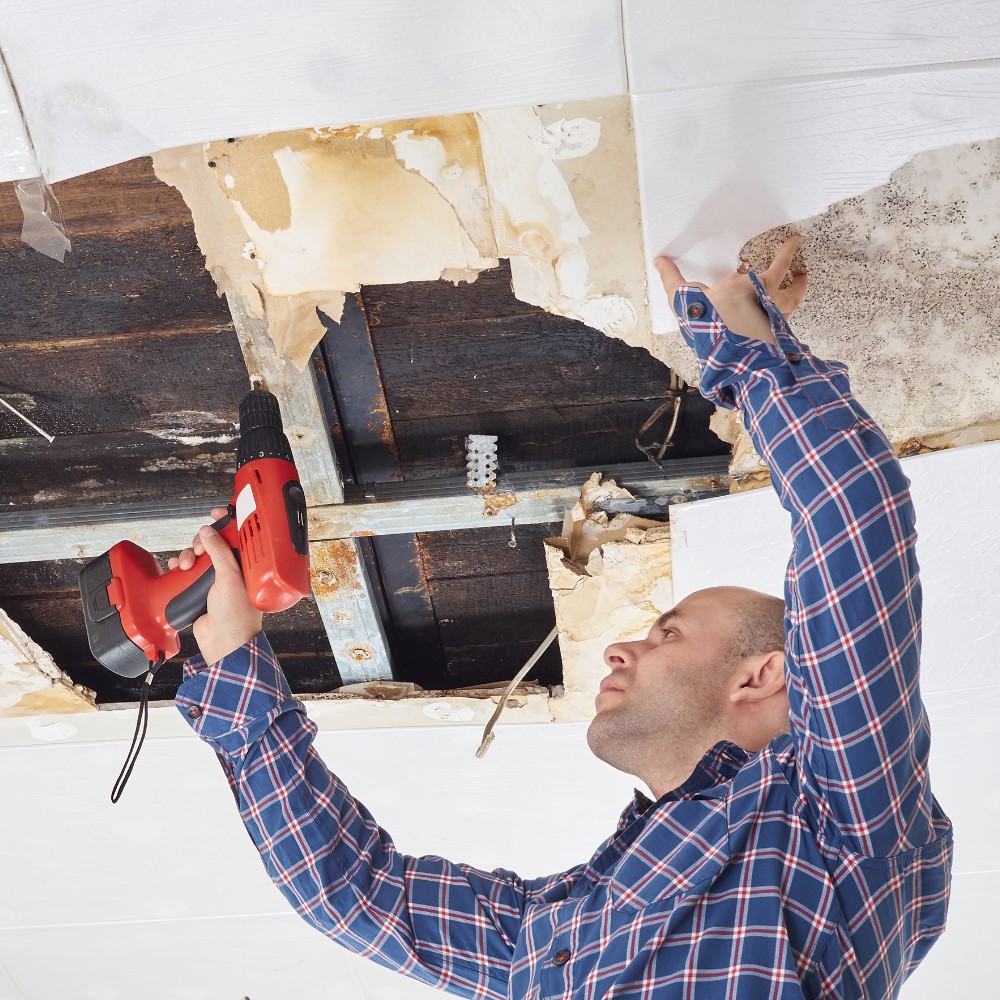Water Damage Cleanup Experts Offering Prompt and Efficient Solutions
The Refine of Water Damage Cleaning: Ensuring Your Home Is Brought Back Successfully
Water damage can be a daunting difficulty for home owners, requiring a organized and thorough clean-up procedure to restore safety and capability. Originally, a thorough assessment is critical to determine the degree of the damages and establish the proper removal measures. Following this, reliable water removal methods play a pivotal duty in mitigating further injury. The nuances of drying out, disinfecting, and eventual restoration are equally vital and frequently ignored. Recognizing these stages can make a considerable difference in the end result of your home's restoration, triggering a closer check out what each action involves.
Examining the Damage
Upon discovering water damages, the initial step is to extensively examine the extent of the influence. This preliminary evaluation is critical, as it assists identify the needed steps for effective clean-up and repair. Begin by evaluating the impacted areas, consisting of walls, ceilings, floorings, and personal possessions, to recognize the resource of the water breach, whether from flooding, leaks, or condensation.
Recording the damages is essential for both insurance coverage cases and planning restoration efforts - damage restoration services. Use pictures and written notes to record the severity of the damage, keeping in mind any type of damaged structural components and products. Pay special attention to areas that may not be quickly visible, such as behind walls and under carpets, as concealed wetness can lead to more complications, consisting of mold and mildew development
Furthermore, assess the timeline of the water direct exposure. Eventually, an extensive assessment lays the groundwork for an effective water damage cleaning process, guaranteeing that all influenced areas are resolved efficiently and extensively.
Water Extraction Methods

Specialists usually utilize submersible pumps for larger volumes of water, which can rapidly relieve flooding in basements or various other impacted areas. For smaller sized amounts, wet/dry vacuums are frequently made use of to extract recurring dampness from carpetings and hard surfaces. In addition, using mobile extractors permits targeted elimination in confined areas or locations with fragile materials.
In instances of contaminated water, such as sewage or floodwater, advanced extraction methods might entail making use of biohazard tools to ensure safety and security and conformity with health guidelines. High-powered extraction tools are important in lessening water retention in architectural products, which can cause mold and mildew growth and structural degeneration otherwise addressed promptly.
Inevitably, the performance of water extraction techniques plays a critical function in the overall success of the water damage cleanup procedure, preparing for succeeding repair initiatives.
Drying and Dehumidification
When standing water has been successfully drawn out, the next vital phase in the water damages cleaning process is drying out and dehumidification. This step is vital to prevent further damages and mold growth, which can happen within 24 to 2 days in damp environments.
To attain effective drying out, customized tools such as industrial-grade air movers and dehumidifiers is employed. Air movers distribute air across damp surface areas, enhancing evaporation prices, while dehumidifiers lower moisture levels in the air, advertising a conducive atmosphere for drying out. The combination of these tools ensures that dampness is extracted from wall surfaces, home furnishings, and floorings, permitting them to completely dry thoroughly.
It is essential to keep an eye on the drying procedure closely. Specialists usually make use of dampness meters to examine the wetness web content in numerous products, ensuring that all influenced areas reach acceptable dryness levels. This careful approach aids to protect against surprise moisture pockets that can cause structural damage or undesirable mold and mildew growth.

Cleansing and Sterilizing
After the drying out and dehumidification stage is full, the following crucial action in water damages cleanup is cleaning up and sanitizing the affected areas. This process is important to protect against the development of mold and mildew, microorganisms, and various other microorganisms that grow in moist settings.
The cleansing stage normally entails removing any type of debris, dust, and pollutants from surfaces using specialized cleansing agents. For difficult surface areas, a mix of soap and water commercial flood damage or industrial cleaning products is usually used. Soft materials, such as furniture and rugs, may require more extensive cleansing techniques, consisting of steam cleaning or deep extraction methods, to make certain detailed cleanliness.

Sanitizing complies with cleaning, making use of EPA-approved anti-bacterials to get rid of damaging microorganisms. This step is important, particularly in locations that might have entered into call with floodwaters or sewer, as these resources can posture major wellness risks.
Additionally, it is very important to resolve any kind of continuing to be odors, which might call for making use of smell neutralizers or advanced techniques like ozone therapy. Appropriate cleansing and sterilizing not only restore the security and health of your home yet likewise lay the groundwork for effective restoration and repairs in succeeding phases of the water damage clean-up procedure.
Reconstruction and Fixings

As soon as the analysis is full, reconstruction efforts can start. This usually involves repairing or replacing broken products, guaranteeing that all job follows neighborhood building codes and standards. For example, if drywall has actually been endangered, it will require to be removed and changed with new product. Furthermore, floor covering may need comparable attention, relying on the degree of water direct exposure.
It is critical to involve experienced reconstruction professionals during this process, as they have the competence to take care of complex fixings effectively. They can assist mitigate prospective future concerns, such as mold and mildew development or architectural instability, thus making certain a habitable and secure living setting. Eventually, effective restoration and repair services bring back the home's stability and enhance its overall worth.
Verdict
Finally, the procedure of water damage cleanup is critical for bring back a home to its pre-damage problem. Each stage, from see page examining the damage to implementing effective water extraction strategies, followed by extensive drying, disinfecting, and required repairs, plays a necessary function in making sure safety and conformity with structure criteria. Efficient execution of these actions not just alleviates prompt damage but likewise boosts the long-term honesty and value of the building.
Water damages can be a challenging obstacle for house owners, demanding a thorough and organized cleaning procedure to restore safety and security and functionality. Inevitably, a thorough analysis lays the groundwork for a successful water damages clean-up process, guaranteeing that all impacted locations are resolved efficiently and thoroughly.
Efficient water extraction techniques are essential in reducing damages and avoiding additional problems following a water breach event.In final thought, the procedure of water damage cleaning is crucial for recovering a home to its pre-damage condition. Each stage, from evaluating the damages to applying effective water extraction strategies, complied with by thorough drying, sanitizing, and required repairs, plays an important duty in guaranteeing security and conformity with building requirements.